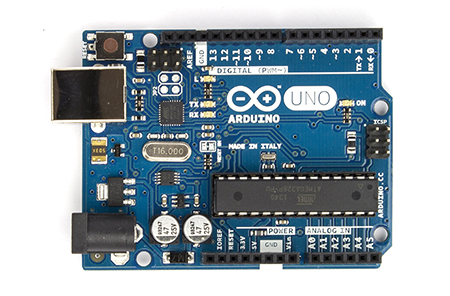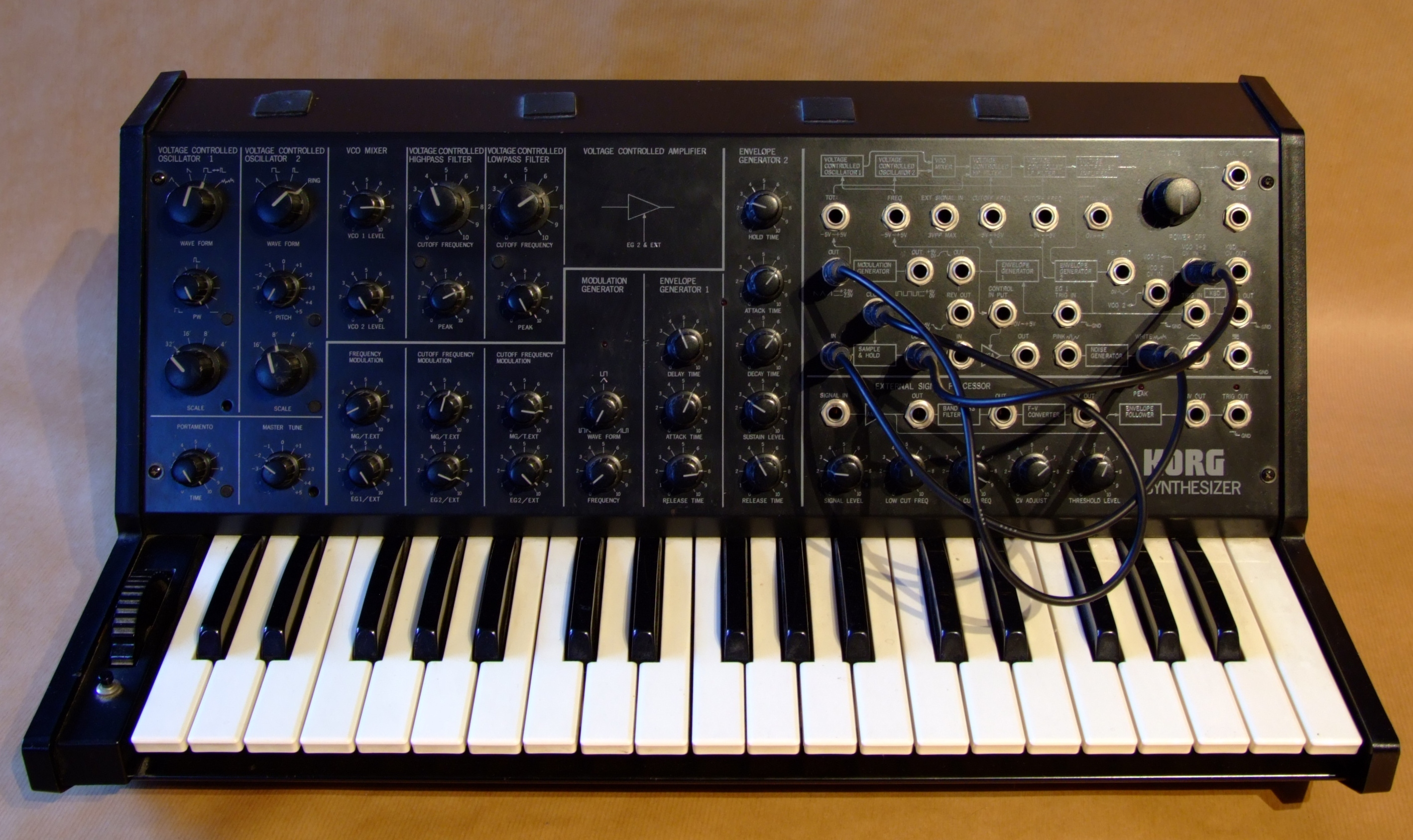SoundVision – Spring 2019 Exhibition
On Wednesday from 4-6, we will be hosting an exhibition of the DMA work created this spring! See you there!

On Wednesday from 4-6, we will be hosting an exhibition of the DMA work created this spring! See you there!


Jacob Stordahl’s kinetic sculpture, CAKE, will be featured at Body and Machine 2016. Stordahl is a DMA major and he created the sculpture in the DMA Physical Computing J-term class.
Body and Machine is a kinetic and interactive art show organized by Make It Move. DMA Assistant Professor Josh Gumiela will also exhibit his work Refugee at the show, which is currently on display at the Hamline Faculty Exhibition.
 Storied Spaces is a locative media project that delivers audio stories to your phone when you are at a specific location.
Storied Spaces is a locative media project that delivers audio stories to your phone when you are at a specific location.
Visit: dma.hamline.edu/storied-spaces
And find your way to one of the hotspots marked on map. Stories are only available inside the blue zones.
Storied Spaces is a final project for DMA3980 Emerging Forms. To pitch your story ideas contact dryan04 at hamline.edu!
Microcontrol of a Macroworld: Physical Computing With Max and Arduino – J-term 2016

This course introduces students to established and emerging practices in physical computing. Physical computing is an important and evolving branch of digital media arts that explores the many ways humans interact with machines to enhance creative expression and production.
In this course, students will employ advanced digital tools to harness real-world data, such as environmental conditions and human interaction, to create and manipulate video, audio, 3D animation, and other contemporary forms of digital media. Students will gain basic electronics, programming, and design skills through soldering logic circuits, interfacing sensors and actuators with Arduino microcontrollers, building multimedia software applications, and using 3D printers to manufacture physical interfaces for their interactive creations.
You will get a kit containing essential tools, components, and an Arduino that you get to keep after the class.
DMA 3480 Spring ’16
Advanced Audio Production – MIDI Production and Synthesis

Students will learn how to produce digital music and sound art using advanced MIDI production and sound synthesis tools including Ableton Live and Max7. Emphasis will be placed on producing professional quality digital audio projects.
This course provides a high-impact classroom experience that includes practice in digital music production, sampling, sound synthesis, sound art performance, MIDI hardware and software, and sound design. Students will learn the theory and history of electronic music production and apply that knowledge to their creative projects.
This course introduces students to established and emerging practices in physical computing. Physical computing is an important and evolving branch of digital media arts that explores the many ways humans interact with machines to enhance creative expression and production.
In this course, students will employ advanced digital tools to harness real-world data, such as environmental conditions and human interaction, to create and manipulate video, audio, 3D animation, and other contemporary forms of digital media. Students will gain basic electronics, programming, and design skills through soldering logic circuits, interfacing sensors and actuators with Arduino microcontrollers, building multimedia software applications, and using 3D printers to manufacture physical interfaces for their interactive creations.
You will get a kit containing essential tools, components, and an Arduino that you get to keep after the class.
Interested in designing soundtracks for motion pictures? Check out the Sound for Moving Image class, coming Spring ’15:
This course will provide students the fundamental skills necessary to engineer and produce all aspects of the motion picture soundtrack. Students will produce a series of audio post-production projects, culminating in a final project in which a complete, professional sound track is designed from the ground up. Topics include production (location) sound, Foley recording and editing, dialog recording and editing, sound effects (SFX) design, sound design, automated dialog replacement (ADR), music editing, microphone and recording techniques, synchronization, working with clients, and production workflow.
Ben Burtt says you should sign up.